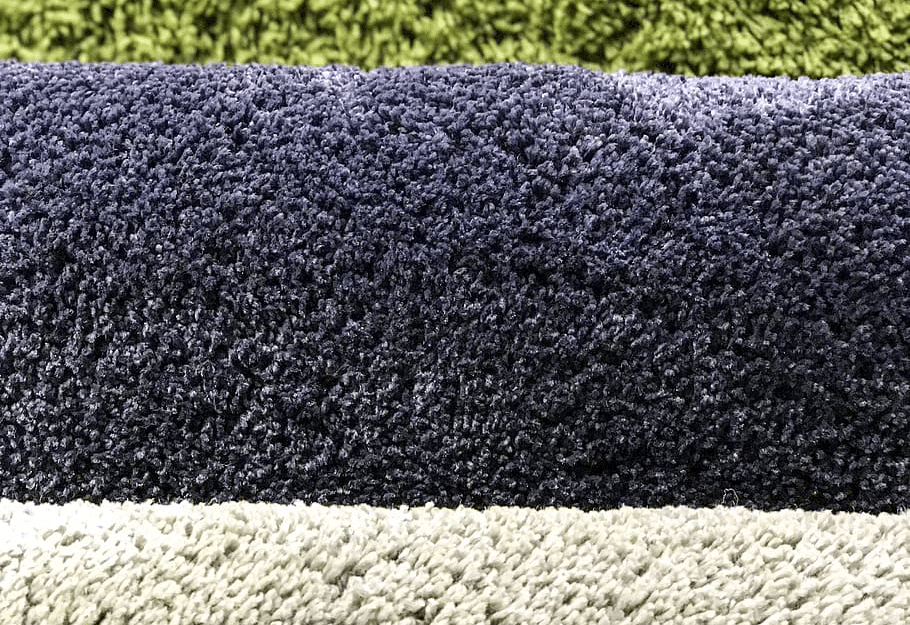The Different Types of Carpeting, and Why It Matters
If you’re planning on re-carpeting your home, or wish to identify your existing carpet to have it cleaned, understanding the types of carpet and their pros/cons is the first step. Some carpets require extreme care when cleaning and handling, so knowing the differences between them can save a lot of frustration.
Types of Carpet Materials
The material that carpet is made with has a huge impact on how it looks, how fast it degrades, and what cleaning solutions and methods you can use without damaging it.
- Wool. The most luxurious and expensive carpet material, but also the softest. While cheap wool carpets might not hold up well under scrutiny, pricey high-end carpets are worth the money. Some carpets combine wool and synthetic materials for a more well-rounded product.
- Nylon. This is the most common carpet material, and for good reason. It is soft and durable. Three-fourths of all carpets are made of nylon.
- Polyester. Usually made from recycled bottles, this carpet is eco-friendly, hypo-allergenic, and extremely good at holding color. However, polyester carpets aren’t good under pressure, and don’t hold up well in high-traffic areas.
- Polypropylene. Known as a synthetic wool substitute, polypropylene carpets have many of the same aesthetic qualities as wool. However, they dirty easily and collect oils, making them an unattractive option for busy homes and businesses.
Types of Carpet Piles
The differences between carpets don’t stop at material. The carpet “pile” refers to how it’s cut and treated.
- Loop/Berber pile. This type of carpet is uncut, meaning that the material is looped through the netting. These loops are resilient and don’t flatten easily. They aren’t very soft, and children and pets can get fingers or claws caught in them.
- Cut pile. The material loops are cut after being fixed to the backing. The angle and length of these carpets can vary, but they are usually softer. However, cut pile carpets are easily smashed, making them a bad choice for hallways or high-traffic areas.
- Trackless cut. While the strands in this carpet are cut, they are treated with heat so the yarn spirals. This makes flattening less noticeable.
- Saxony pile. This refers to carpet that consists of many individual strands. They stand straight up in a lush pile. However, this type of carpet is easily dirtied and flattened, and requires gentle care.
- Velvet cut pile. Similar to actual velvet, velvet-cut pile is short, dense, and rich to the touch. However, like Saxony, this is a luxurious and easily ruined carpet.
- Freeze-cut pile. These carpets consist of tightly kinked and twisted strands. It is extremely durable, and does not show age and dirt as much as other piles. It is commonly used in commercial areas.
If you call The Dry Guys, we will always identify your type of carpet, and then use the proper technique to clean it. Our specialized HOST Dry extraction technology allows us to deep-clean almost any carpet type safely to leave them fresh and looking new.






